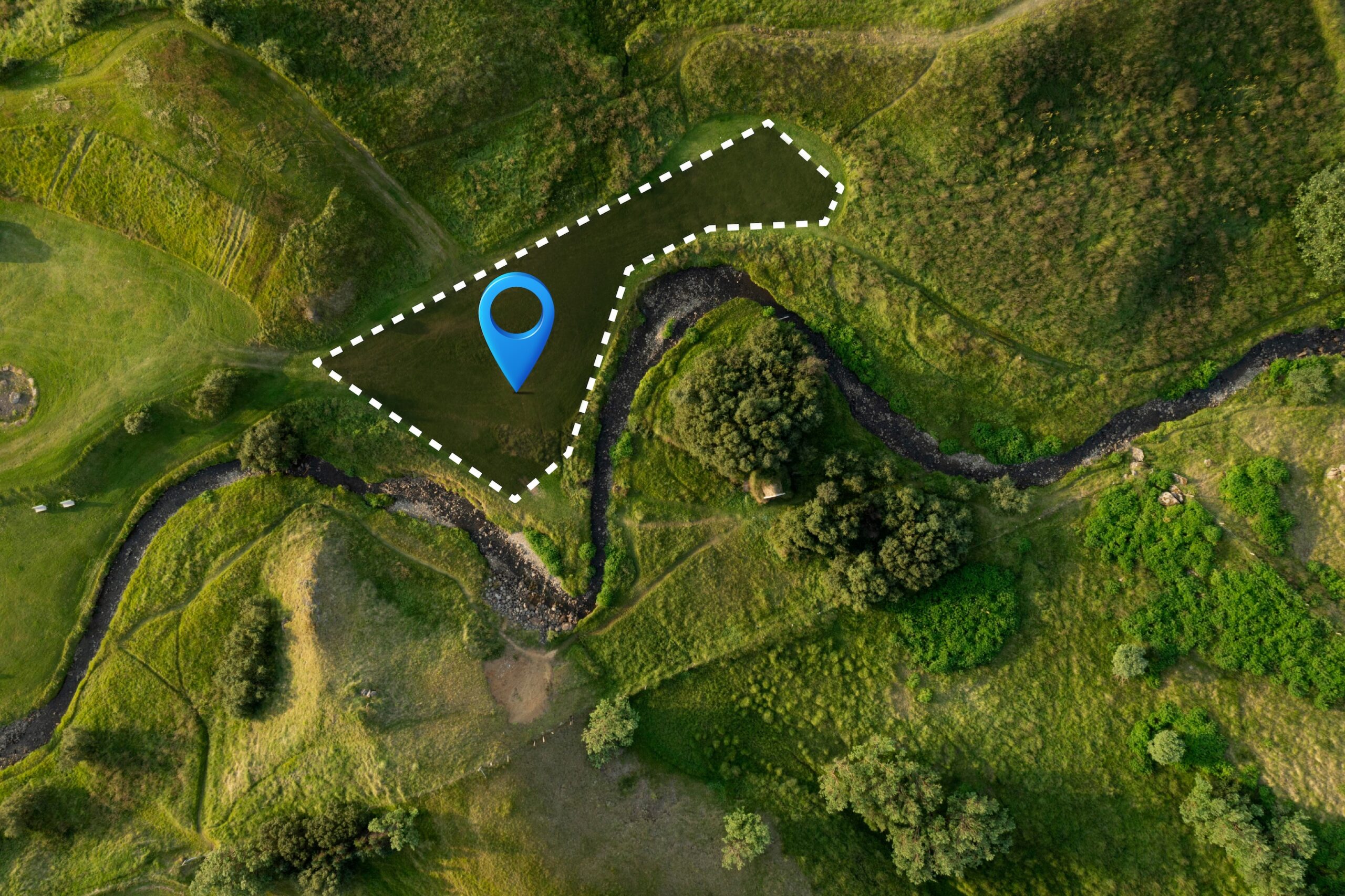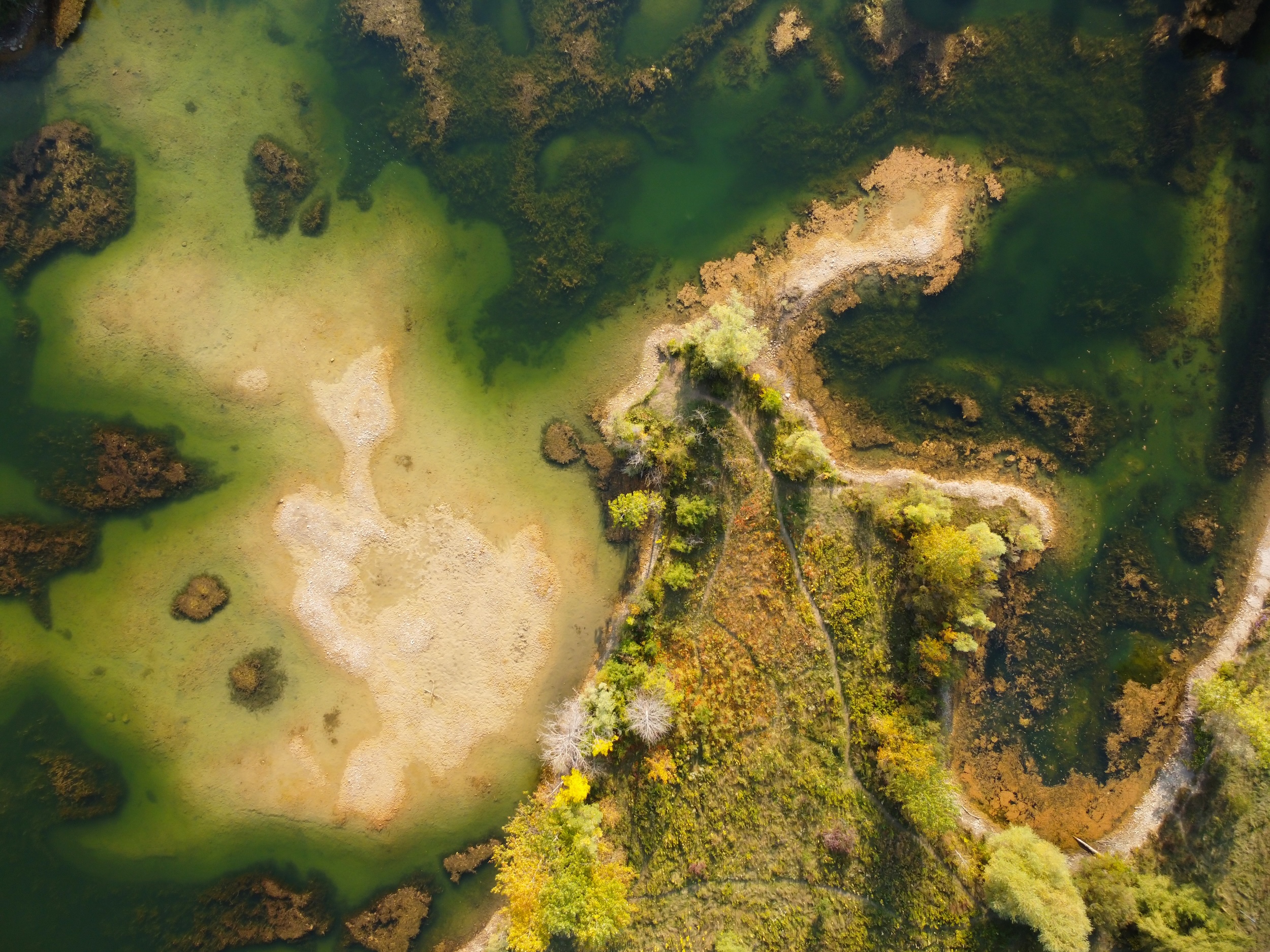Measuring Biodiversity Gains – A Science-Powered Geospatial Approach

Restoring Nature Is One Thing—Proving It Works Is Another. Effective biodiversity conservation requires measurable proof of impact to attract investment and drive large-scale change. BIO-CAPITAL’s Work Package 3 (WP3), led by GEOSYS, is pioneering high-precision biodiversity monitoring using Earth observation, AI-driven analytics, and remote sensing.
Planting trees, restoring wetlands, and promoting biodiversity-friendly farming are all important steps in protecting nature. But how do we know if these efforts are actually making a difference? Conservation needs to be backed by hard data. Investors and policymakers require measurable proof that biodiversity initiatives are effective before they commit funds to large-scale projects. That’s where cutting-edge technology comes in.
Take, for example, a farmer in Romania who introduces agroecological practices, such as planting flower strips to attract pollinators. The theory is that this should lead to more bees, healthier crops, and improved soil conditions. But without scientific monitoring, this remains an assumption. To attract investment and scale these solutions, biodiversity improvements must be quantifiable, verifiable, and transparent.
BIO-CAPITAL’s WP3: Turning Observations Into Actionable Data
BIO-CAPITAL’s Work Package 3 (WP3), led by GEOSYS, is addressing this challenge head-on. With the support of partners including Agrosolutions, Pratensis, Westcountry Rivers Trust (WRT), ICEADR, UCLouvain, ASOI, and ITASIF, WP3 is working to develop high-precision biodiversity monitoring techniques. The goal is to translate EU biodiversity policies into measurable indicators that can be used to track progress across different ecosystems.
“The BIO-CAPITAL project is a crucial step in bridging the gap between biodiversity conservation and quantifiable impact. By leveraging advanced Earth Observation (EO) systems, AI-driven analytics, and remote sensing technologies, we can develop robust methods for monitoring biodiversity uplift across diverse use cases.” – Harold Clenet, GEOSYS SAS
By combining satellite imagery, remote sensing, and ecological field surveys, the team is developing a powerful toolkit for monitoring biodiversity uplift. One of the key aspects of their work is identifying observable parameters that can measure changes in ecosystems. This includes monitoring habitat loss and gain, assessing the health of vegetation, and tracking shifts in species populations. Through geospatial analysis, WP3 can reveal patterns that help conservationists and investors understand where biodiversity is improving and where additional efforts are needed.
A Use Case in Action: Agricultural Land in Romania
One of the real-world applications of WP3’s work is happening on farmland in Romania. This region has been experimenting with agroecological practices, such as maintaining hedgerows, increasing crop diversity, and reducing pesticide use. These efforts should, in theory, increase biodiversity on farms—but how can we prove it?
Using Earth observation technology, GIS mapping, and on-the-ground biodiversity surveys, WP3 will measure changes in pollinator populations, soil quality, and habitat connectivity in these agricultural landscapes. If the data confirms that these biodiversity-friendly practices lead to measurable improvements, it will provide strong evidence that sustainable farming is not only good for nature but also a viable model for future agricultural investments.
Setting a New Standard for Biodiversity Monitoring
BIO-CAPITAL’s WP3 is pioneering a data-driven approach to biodiversity conservation. By leveraging advanced space technology and ecological expertise, the team is ensuring that investments in nature are backed by solid evidence. Over the course of the project, WP3 will produce a comprehensive catalogue of geospatial data, create detailed biodiversity maps, and develop AI-driven algorithms to detect environmental changes.
With tools like satellite-based biodiversity monitoring and remote sensing-powered habitat classification, WP3 is setting a new standard for conservation transparency. This isn’t just about measuring nature—it’s about making biodiversity an investable asset that can attract funding, scale impact, and drive lasting environmental change.

An aerial shot of a lake and landscape
